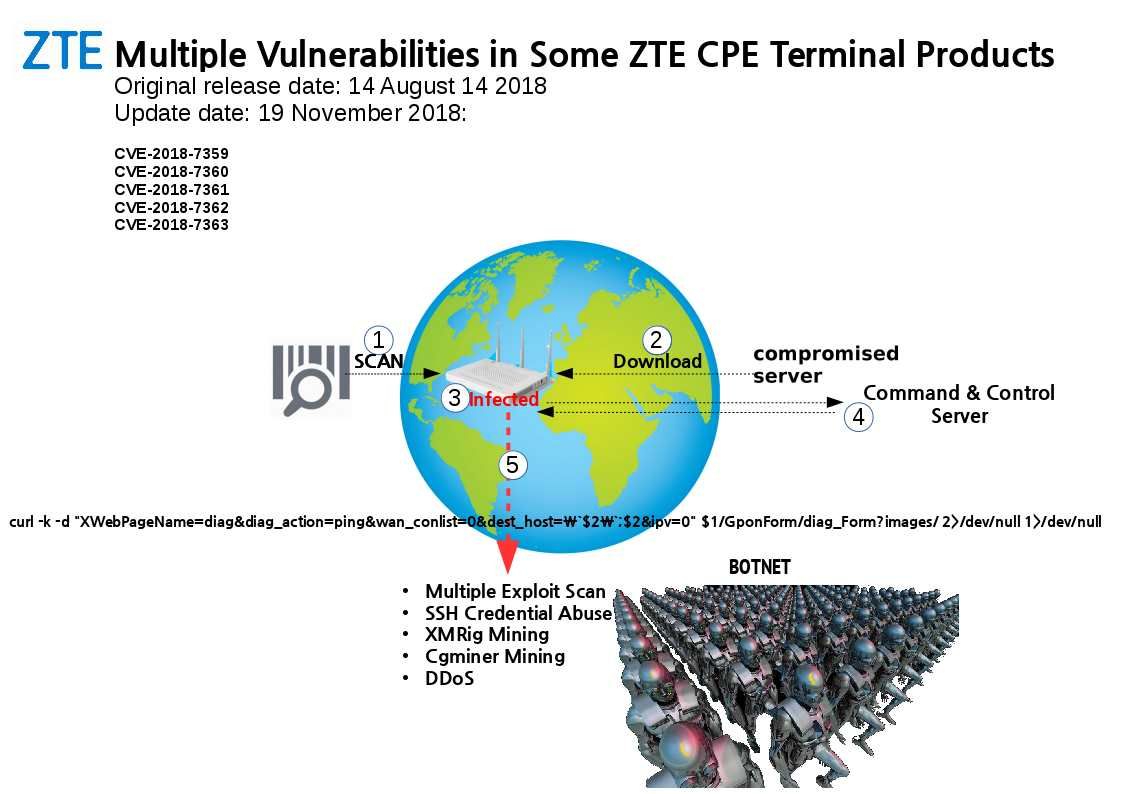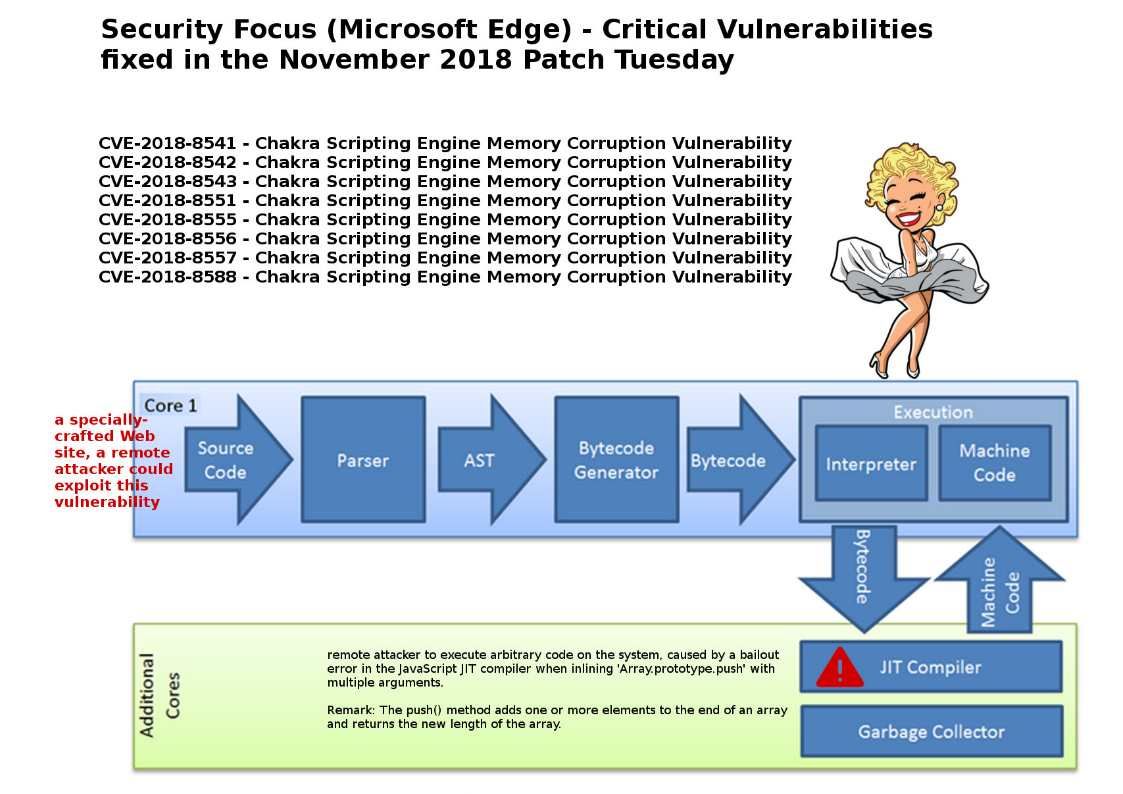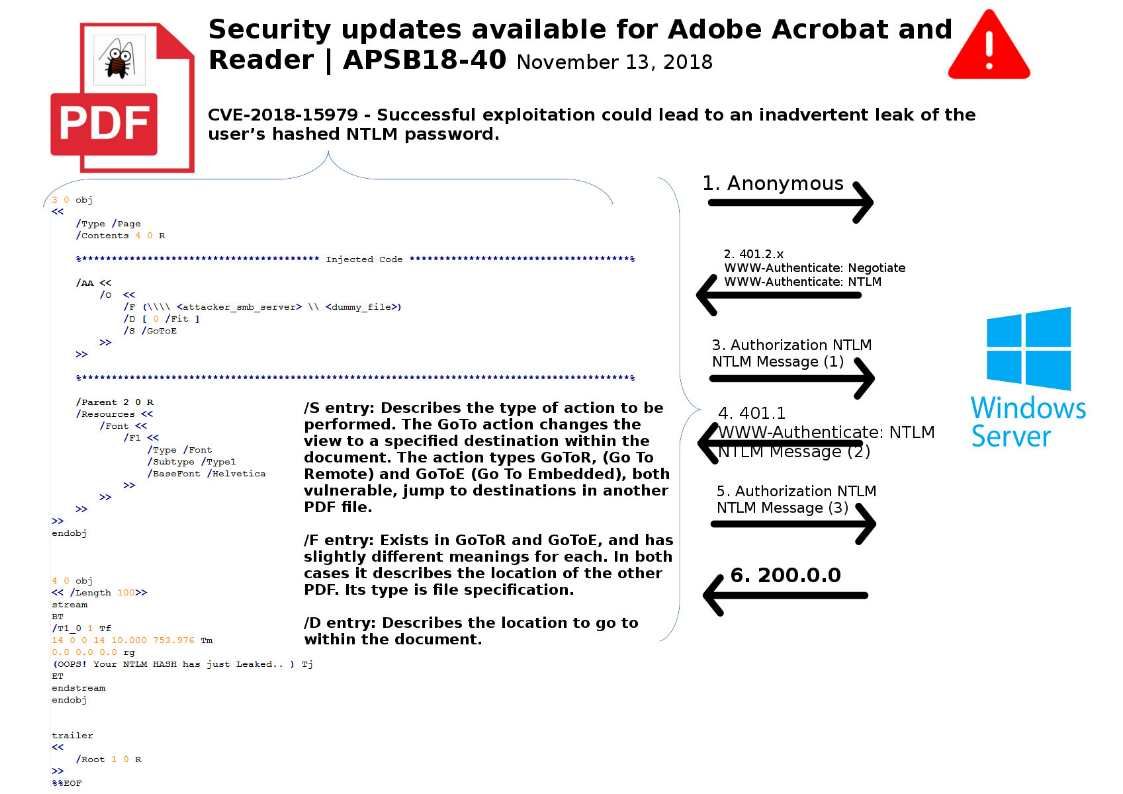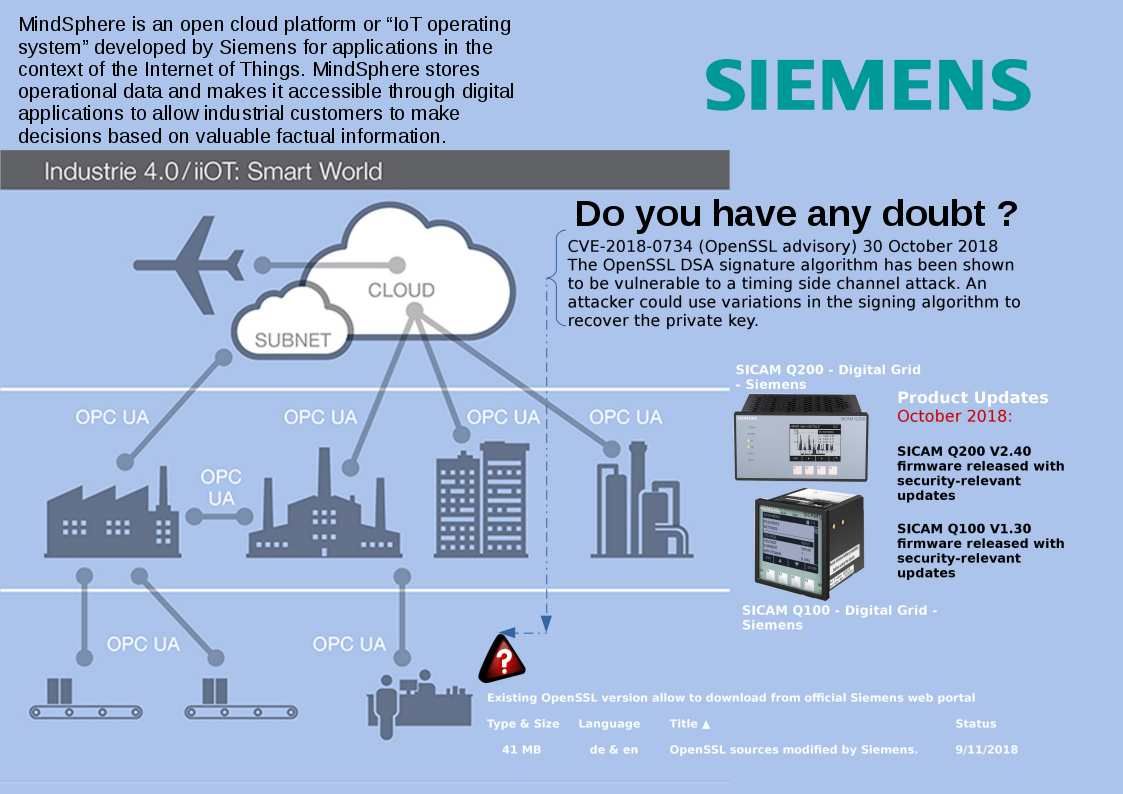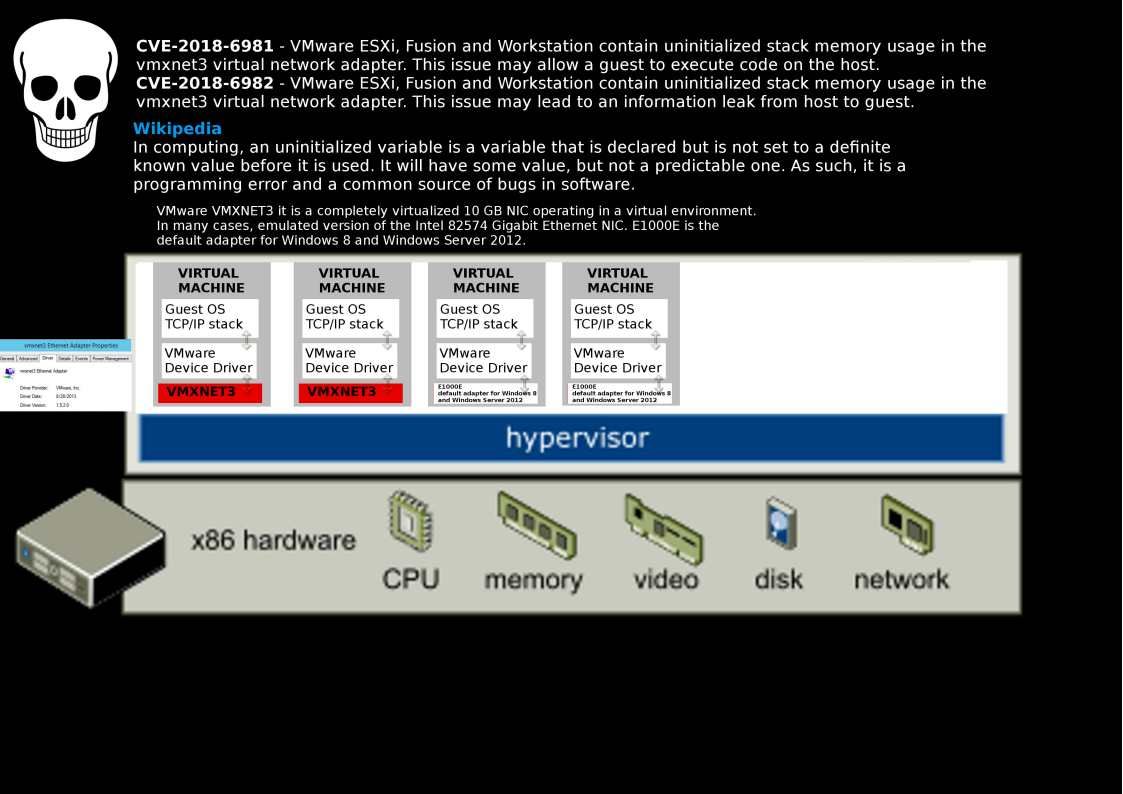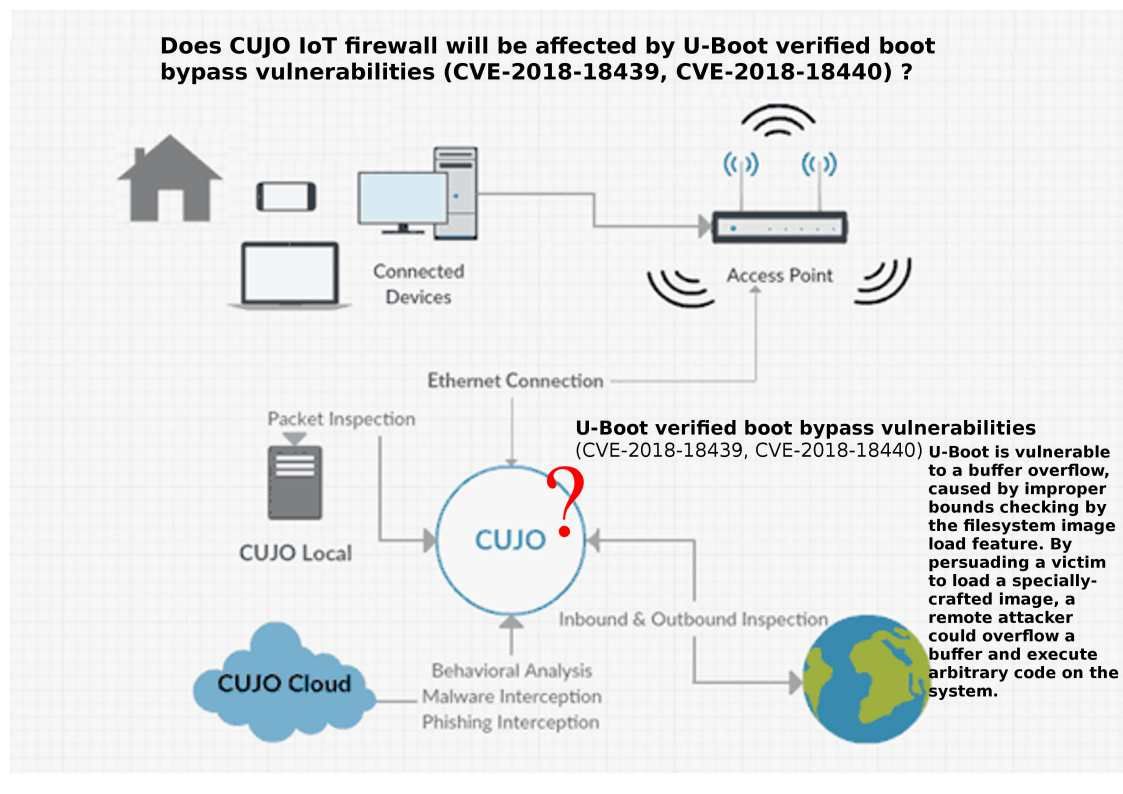Preface:
vSphere Data Protection is a backup and recovery solution designed for vSphere environments.It provides agentless, image-level virtual-machine backups to disk.
VMware vSphere 6.5 is the last release which includes the VDP product. All existing vSphere Data Protection installations with active Support and Subscription (SnS) will continue to be supported until their End of General Support (EOGS) date.
Vulnerability findings:
An attacker could exploit some of these vulnerabilities in VDP and thus to take control of an affected system.
Official remedy solution (see below URL):
https://www.vmware.com/security/advisories/VMSA-2018-0029.html
Appendix: VMware vSphere 6.5 is the last release which includes the VDP product. Meanwhile VMware announced the End of Availability (EOA) of the VMware vSphere Data Protection (VDP) product on April 5th, 2017. (See below URL)

